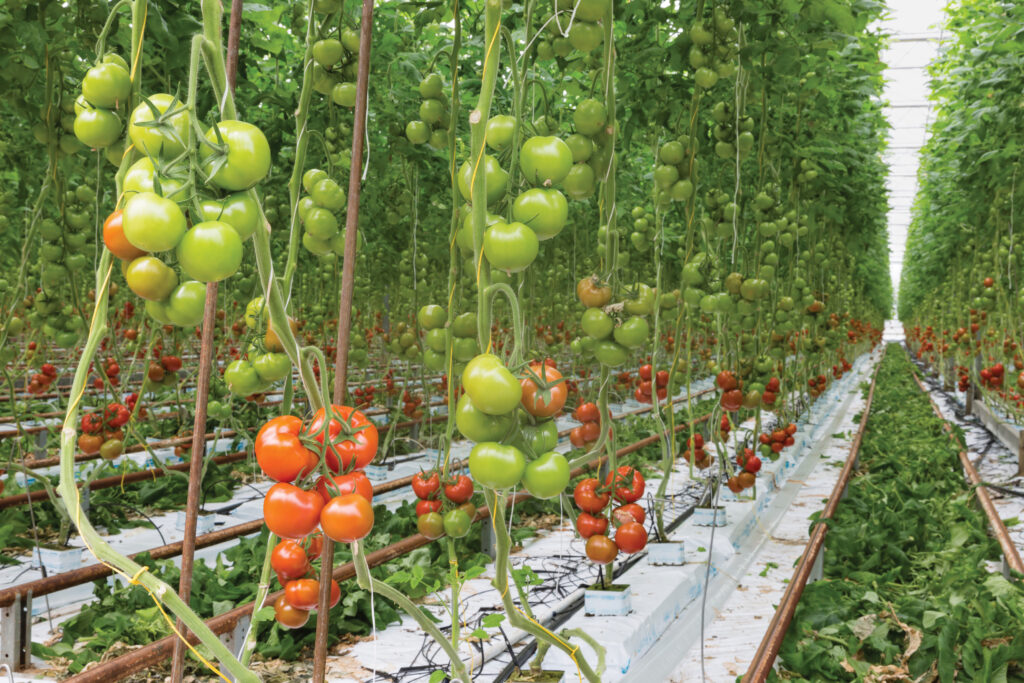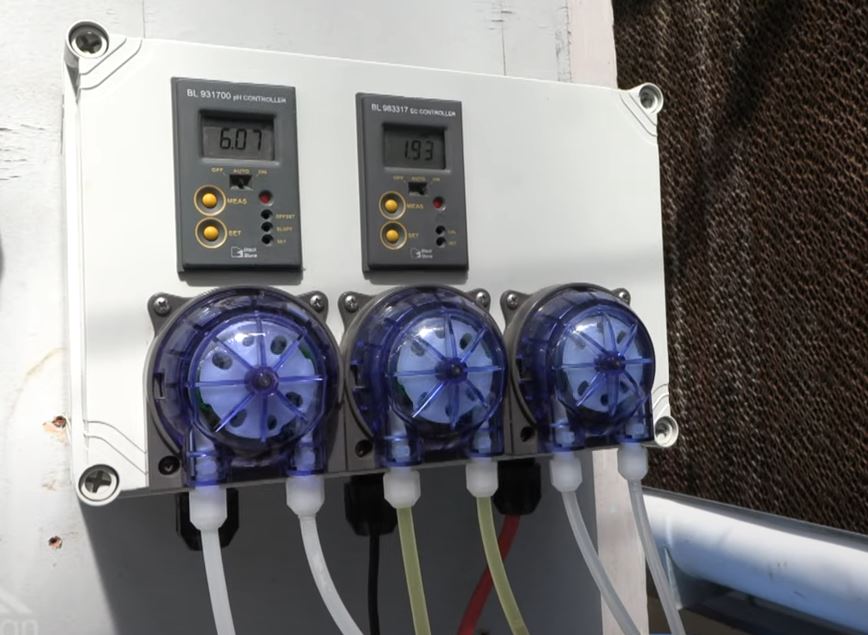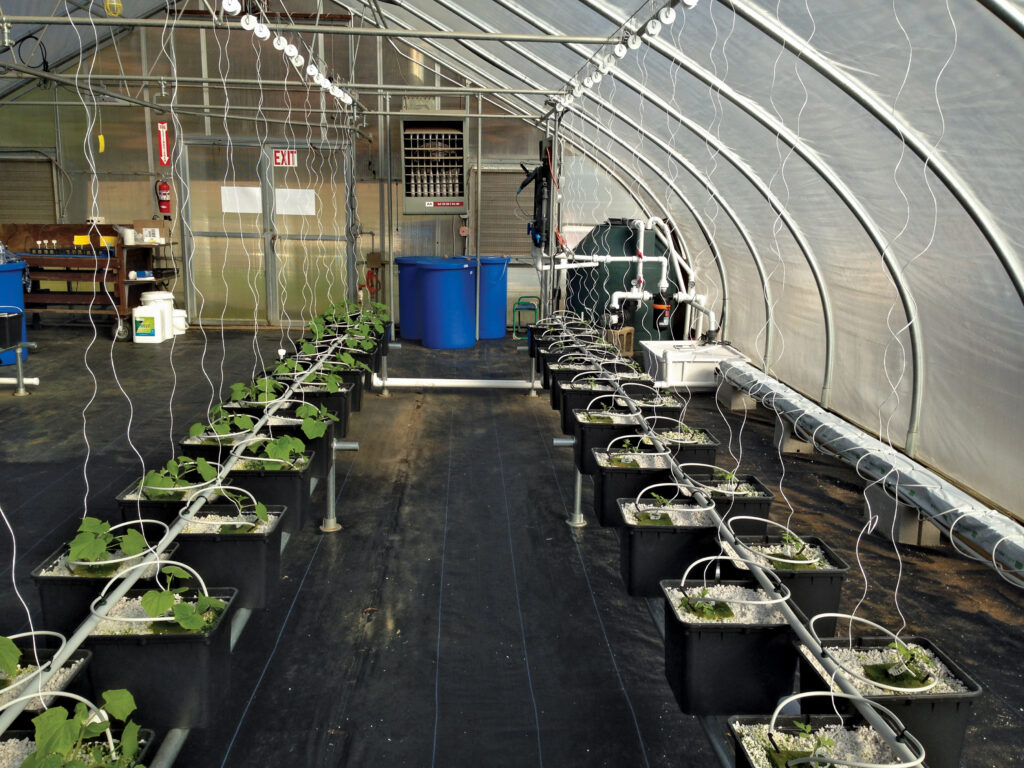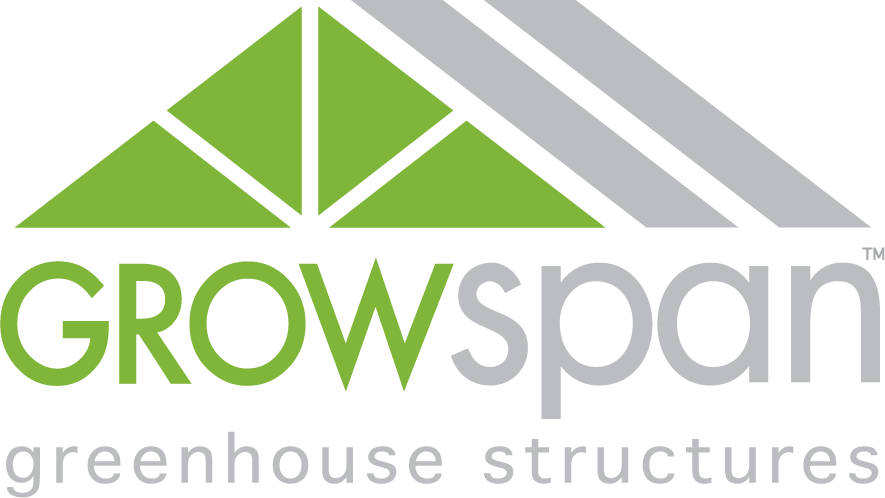The Basics Of Fertigation: How Growers Can Implement Fertigation Systems
Traditional fertilization methods can be painstaking for growers, especially those in larger commercial operations. They can involve maneuvering heavy bags, using spreaders for distribution and taking constant measurements by hand.
Standard techniques also make it difficult for growers to supply their crops with a precise amount of fertilizer and nutrients. This can lead to over or under fertilization, which is an all too common issue that is detrimental to crop growth.
For these reasons, more and more growers today are opting to integrate fertigation systems into their operations. By employing fertigation, growers can streamline the application of water and fertilizer to their crops. Overall, this practice allows growers to enhance the quality and quantity of their yields, increasing long-term profits and improving their bottom line.
WHAT IS FERTIGATION?
Fertigation is the practice of applying fertilizer through an irrigation system with water soluble nutrients. Its goal is to supply crops with the essential components of proper growth, water and nutrients, via one efficient method.
The level of precision growers can achieve with fertigation helps them target their crops’ nutrient deficiencies, as well as prevent over fertilization, which can lead to nutrient burn and eat into profits. It also allows them to adjust the pH balance of their irrigation supply, so they can maintain an ideal range and optimize their crops’ nutrient absorption.
Fertilizers are highly concentrated, so accurate nutrient measurement and proper system management are critical to achieving consistent, successful harvests. For the best results, growers should keep an average nutrient-to-water ratio of 1-to-100.

To fully understand fertigation and proper system management, growers should also be aware of the nutrients they’ll be applying to their crops. Three of the most vital nutrients generally found in plant fertilizers are nitrogen, phosphorous and potassium, which all serve a different purpose within growers’ fertigation systems.
Nitrogen is considered the most important of the three, playing an essential role in the formation of protein to ensure plants experience healthy growth and development. Phosphorous aids in the process of photosynthesis and improves a plant’s ability to use and store energy, so it can grow to its full potential.
The last of the nutrients, potassium, provides multiple benefits that support a larger and higher-quality crop yield. When delivered in precise quantities, potassium allows plants to do a better job of resisting diseases, and for outdoor plants in particular, it can strengthen their root systems to help protect against cold or dry weather conditions.
See How GrowSpan Uses Fertigation Systems In Its Own Greenhouse
IMPORTANT ADVANTAGES
When growers put this practice into action, they can tackle a variety of issues. One of the most important tasks fertigation eliminates is having to measure each batch of nutrient solution and water by hand. Measuring by hand is time consuming and carries a high risk of error.
Once automated, these systems help growers cut down significantly on negative aspects of manual fertilizer application. This includes factors like time, water and nutrient waste, soil erosion, foliar disease and variations in soil nutrient concentration.
An automated fertigation setup also helps growers set and maintain parameters for nutrient application and pH balance. They employ electrical conductivity (EC) and pH sensors to evaluate irrigation water, and then make changes based on its nutrient and acid content.
This leads to improved plant growth and drastically reduces labor requirements. As growers focus on other tasks, the sensors ensure that crops are always receiving the optimal amount of nutrients.
Combined with superior climate control, fertigated crops can grow dramatically. They are also less prone to threats, like pests, disease and leaf burn. Leaf burn refers to the browning or yellowing of leaf edges due to contact with fertilizers.

Traditional fertilizer spreaders tend to place fertilizer outside of the irrigation zone as well. If this occurs, the nutrients can’t be absorbed by crops’ roots. As a result, fertigated crops generally absorb more nutrients than ones that are not.
This is especially true when growers pair their fertigation equipment with drip irrigation systems. By using these in combination, water and nutrients can be delivered directly to the root zone in a precise and controlled manner, enhancing nutrient uptake and conserving resources.
Sign up now to learn more
The Most Widely Used Fertigation Techniques
Growers can take advantage of fertigation in a number of different ways. The four most common fertigation methods include continuous application, three-stage application, quantitative fertigation and proportional fertigation.
1. Continuous Nutrient Application
In this method, growers apply fertilizer into the irrigation from start to finish, regardless of the rate of water discharge from their irrigation system. This is accomplished through center pivot, linear move and traveler sprinkler systems, which are known to increase leaf and fruit quality. To ensure a uniform distribution of chemicals with this method, fertilizer injection needs to be constant.
2. Three-Stage Fertilizer Application
As a more unique way of delivering nutrients, fertilizers are not immediately applied to water in this application. Fertilizers are introduced once the growing media is wet, then cut off again before the irrigation cycle is complete. During the remainder of the cycle, the water soluble fertilizers are cleared out of the irrigation system.
3. QUANTITATIVE METHOD Of Fertigation
Through quantitative application, a bypass fertilizer tank deposits a pre-calculated amount of nutrients and water. The amount is based on how much a grower wants their crops to receive. This method is well-suited for automated greenhouse fertigation systems.

4. Proportional Method Of Fertigation
The proportional nutrients application is relatively straightforward and is often used in soilless grows. The fertilizer injection rate is proportional to the water discharge rate, so a precise quantity of solution is delivered to individual units of water in an irrigation system. For instance, growers can configure one liter of nutrient solution to go into 1,000 liters of water for their entire crop.
A backflow prevention device is mandatory in most types of fertigation systems. The requirements for backflow prevention are determined on a state-by-state basis, so growers will need to be aware of their local codes before introducing fertigation into their operation. Growers should also include spill trays with their fertigation systems to catch any chemical spills.
Fertigation systems can simplify the growing process for operations in virtually any region, regardless of the types of crops they harvest. By reducing daily labor requirements and boosting cost-savings opportunities through fertigation, commercial growers can substantially improve their operation’s bottom line.
For more information on fertigation systems and how to utilize different fertigation techniques, call or REQUEST A QUOTE today.
RElated Articles
Understanding Your Greenhouse Watering System And Irrigation Management
Most growers know that in any commercial operation, an effective greenhouse watering system is one of the keys to a successful harvest.
Fertigation Systems: Growers Shouldn't Overlook Fertigation
By integrating fertigation into an operation, growers are able to improve their yields and boost their profits.
Tips To Improve Grow Room ANd Greenhouse Temperature Control
Managing the temperature inside of the grow room or greenhouse is essential for plants to grow to their full potential.
Automated Environmental Control
While managing the environment of a greenhouse can quickly turn into a time drain, one piece of equipment that customers often utilize automates environmental control, essentially eliminating the need for regular environmental oversight.

